We love that our banana trees are so prolific!
We get bunches (around 30-50 bananas on each) every month or so. And we only have a 10 x 5 foot space for the trees (though they’re quickly growing outside of my futile boundaries.
The banana, known as “MAI’A” in Hawaii, belongs to the species Musa x paradisiaca L. It’s a member of the Musaceae family, commonly referred to as the Banana Family. This plant was introduced to the Hawaiian Islands by Polynesians.
How to grow and harvest bananas
You need a banana-start in order to begin growing them. A friend down the street really likes how short our trees are, so he came and dug up a few for his yard. You need to get the whole root. Let me know if you need any.
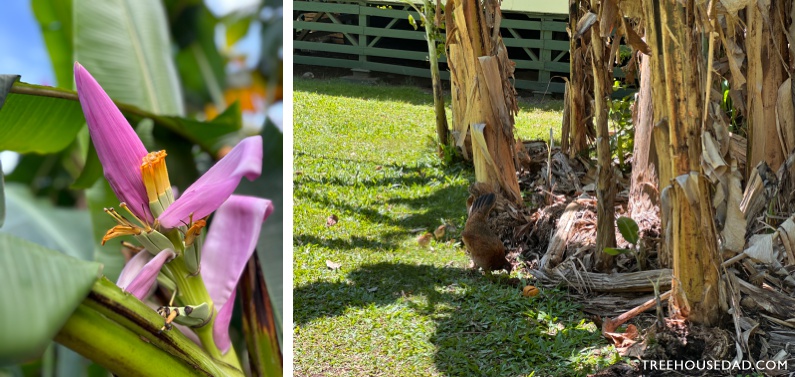
Once they’ve grown, and you see bananas growing for a bit, cut off the bracts, which hold the inflorescence. This stops it from growing more and all the love goes to the existing bananas.
It’s worth noting that once a banana plant has produced fruit, that particular pseudostem will not be produced again. The plant is usually cut down, making room for the next generation of shoots or suckers that will grow, mature, and eventually produce their own fruit.
Once they look ready to get down (get them before they start falling off the tree!), I use a ladder and rope to cut the bunch down. Some like to cut the whole tree down, but they’re heavy! I don’t want to ruin the bunch. I lower it down on a rope. Once the bananas are gone, you need to cut down the tree. If you’re smart, you’ll remove the root ball too so the trees around it have room to grow.
![]()
The history of Mai’a in Hawaii
Hawaiians have had several uses of Mai‘a. In old times, a young plant was waved as a sign of truce during war. Large leaf blades lend a makeshift umbrella, while stumps and leaves are used to line the imu (underground oven). Much like kī, it is also used as a wrap for foods and other perishables. Long ago, Hawaiians ate mai’a as a delicacy rather than a staple. Certain mai’a varieties were restricted to chiefs and priests and eaten at ceremonial feasts. All but two varieties of mai’a were forbidden for women to eat.
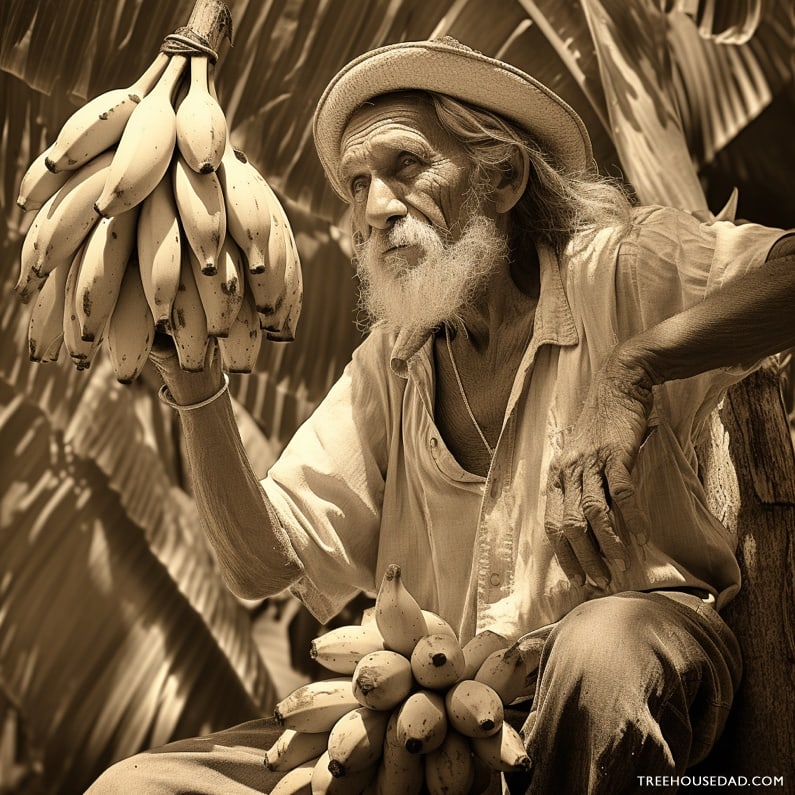
“Nui pù mai’a ‘olohaka o loko.”
Large banana stalk, all pith inside.
Said of a person with a large physique with no strength to match.
“Inā he moe mai’a makehewa ka hele i ka lawai’a.”
If one dreams of bananas it is useless to go fishing.
Banana is considered bad luck for fishing.
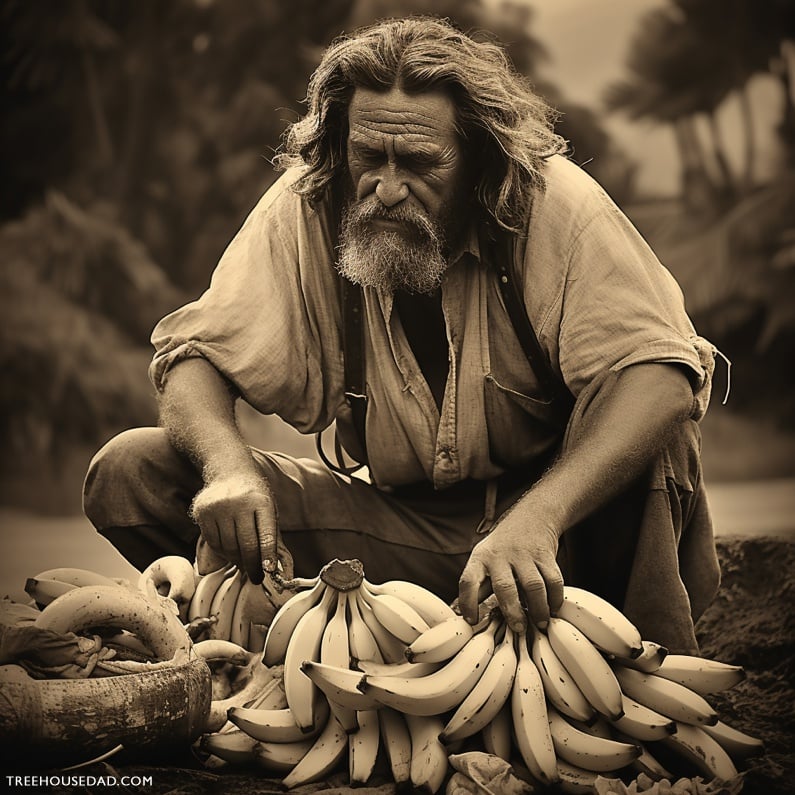
![]()
What to do with all the bananas
We grab 4-5 paper bags and deliver them to friends and neighbors. What’s left we eat fresh, freeze (once peeled) for smoothies, and the last batch gets dehydrated!
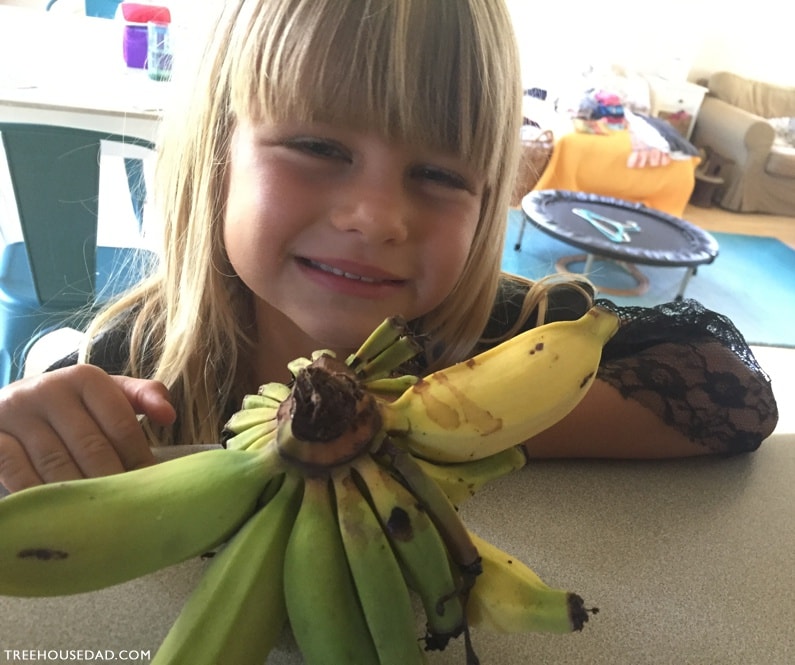
Dehydrating Bananas
Here’s what we do to get our bananas dehydrated:
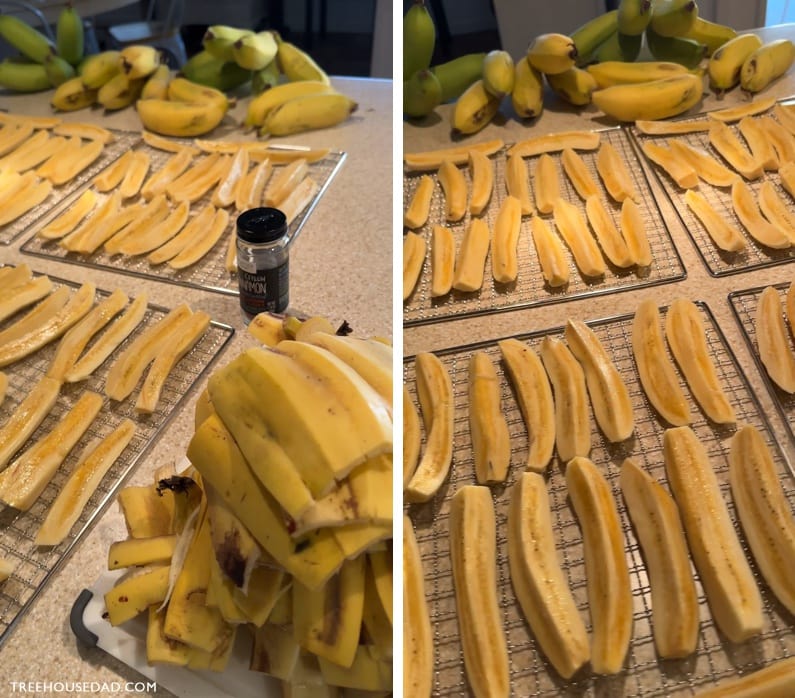
- Opt for ripe bananas that are yellow with a few brown spots.
- Peel the bananas.
- Slice them evenly. You can cut them into long slices (we prefer cutting into 4ths since the bananas are small.) Uniform slices will ensure even dehydration. Avoid slicing them too thin, as they might become too crispy or even burn.
- Lay the banana slices on dehydrator trays, ensuring they don’t overlap (it can be done in an oven, but I’ve never tried it.) This allows for adequate airflow, ensuring even drying.
- We then like to add cinnamon. We’ve heard people like to add a mixture of vanilla to them too. We’ll try that someday. We usually put all the rocks stacked while adding cinnamon, then stuffling racks, so we don’t lose any of the precious spice.
- Set your dehydrator to 140°F (60°C).
- Place the trays in the dehydrator.
- Dehydrate for 18 hours if cut into 4ths. The exact time can vary depending on the thickness of your slices, the specific dehydrator you’re using, and humidity levels in your environment. Most people recommend less time, but we find this is perfect for us. It’s not too hard and still has a chew factor.
- Check the bananas periodically. You’re aiming for a leathery and slightly flexible texture. If you prefer crispier banana chips, you can dehydrate them a bit longer.
- Store them in airtight containers, like vacuum-sealed bags, mason jars, or zip-top bags with as much air removed as possible. Store in a cool, dark, and dry place. Properly dehydrated and stored bananas can last for several months.
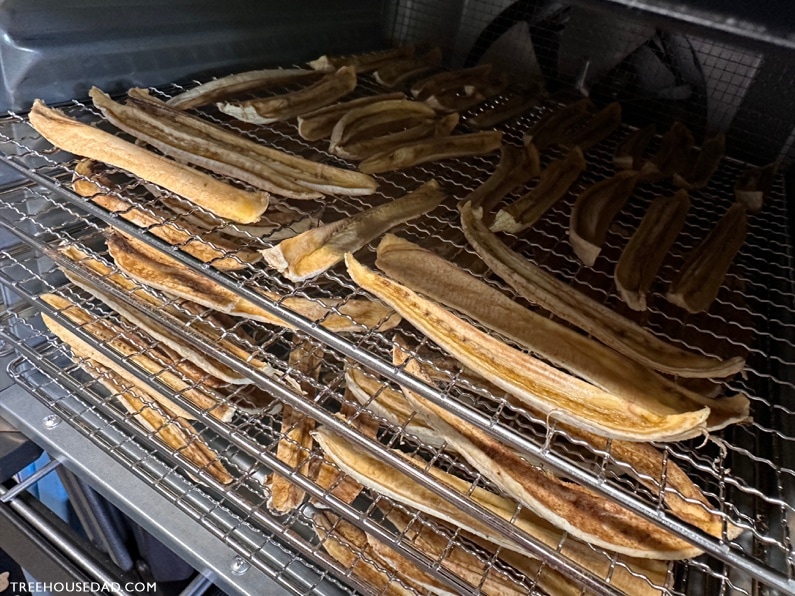
Pre-Treat your Nanners
Some people pre-treat bananas (though we don’t.) To prevent browning and to retain the bananas’ color, dip the slices in a solution made from one of the following:
- A mixture of 1/4 cup lemon juice and 1 quart of water.
- A mixture of 1/2 teaspoon ascorbic acid (vitamin C powder) and 1 quart of water.
- A commercial fruit preservative like “Fruit Fresh”. Soak the slices for a few minutes, then drain and blot dry with a towel
![]()
Parts of the Banana Tree
The banana “tree” isn’t actually a true tree. Bananas are actually giant herbs, which means they have no woody tissue. This distinction is based on the structure of the plant, especially its stem, which is fleshy. The sturdy-looking trunk is composed of tightly layered leaf sheaths with 80% water content (certainly not strong enough to hold any treehouse.) Mai’a grows well in moist areas away from the wind. A typical banana plant will bear fruit only once and die.
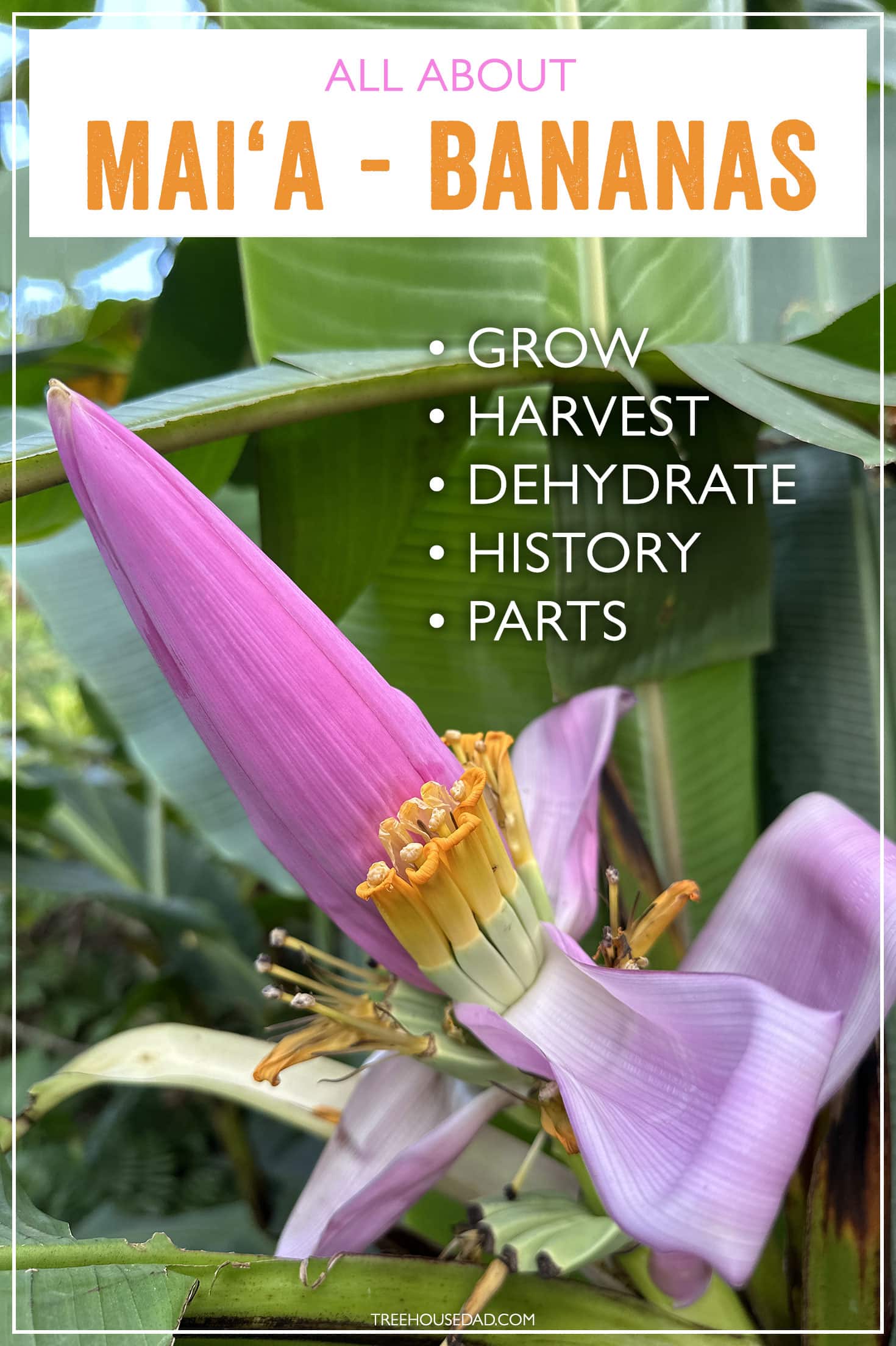
Here are the main parts of a banana plant:
- Pseudostem: This is the most prominent part of the banana plant. It looks like a tree trunk but is actually a tightly packed group of leaf bases. It provides the main structural support to the plant. The pseudostem can grow up to 2 to 8 meters tall, depending on the variety and growing conditions.
- Leaves: Banana leaves are large, flexible, and waterproof. They can be several feet in length and width. These leaves emerge from the center of the pseudostem and unfurl outward. In many cultures, banana leaves are used for cooking (as a wrap for foods), serving, and even as a decorative element.
- Rhizome (or Corm): Below ground, the banana plant has a structure known as a rhizome or corm. This is the true stem and is the plant’s primary storage organ. New banana plants can sprout from the corm, which is how banana plants reproduce vegetatively.
- Roots: Arising from the corm are fibrous roots that anchor the plant in the soil and absorb water and nutrients.
- Inflorescence (or Flower): When the banana plant is mature, an inflorescence emerges from the center of the pseudostem. This is commonly called the banana flower or heart. It’s a large, elongated structure that droops due to its weight. The inflorescence contains both male and female flowers. I’ve seen videos of people cooking and pickling the flowers. Will have to try that someday!
- Fruits (Bananas): After pollination (though most commercial banana varieties are parthenocarpic, meaning they produce fruit without fertilization), the female flowers develop into the banana fruits we eat. These are arranged in clusters known as “hands” because of their appearance. Multiple hands make up a bunch or stalk of bananas.
- Bracts: These are protective, often colorful structures that shield the developing flowers on the inflorescence. In the case of banana plants, the large, petal-like bracts curl back to reveal rows of flowers beneath them.
- Suckers (or Shoots): These are offshoots that grow from the base of the banana plant or from the underground corm. They can be used to propagate new plants. In banana cultivation, certain suckers are selected to become the next fruit-bearing plant after the main plant has fruited and is then cut down.

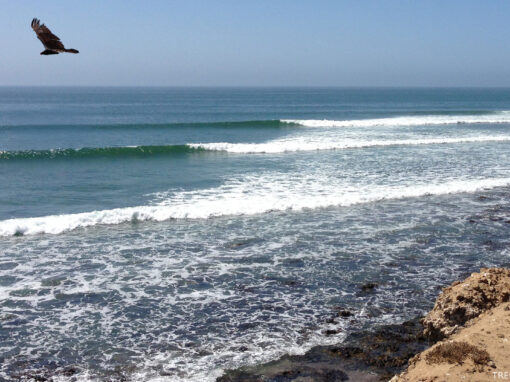
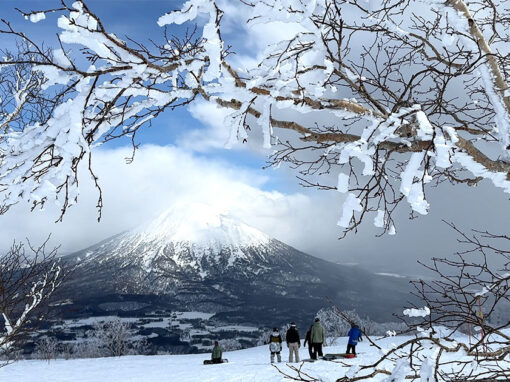
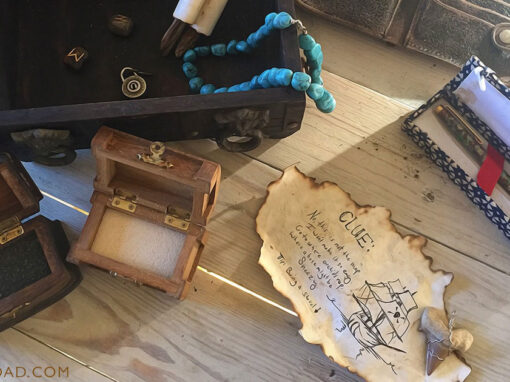

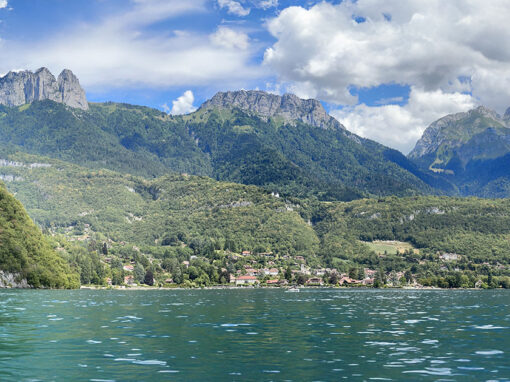
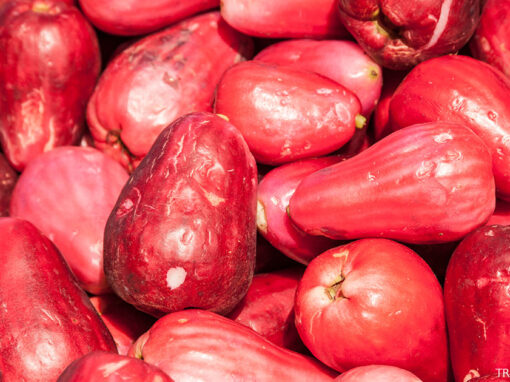

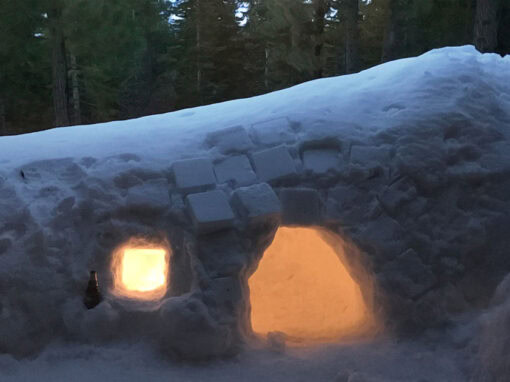
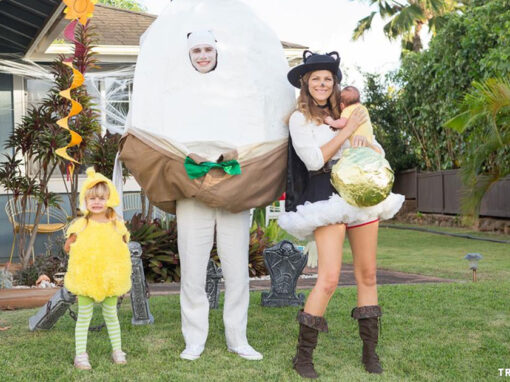

0 Comments